Think Raw Vegetables Are the Healthiest? You Might Be Surprised
Many believe eating raw vegetables is healthiest. However, that might not be entirely true... Here, we compile a list of most consumed vegetables to explore their nutritional value and the best way to consume them.

Tomatoes Are Healthiest When Cooked, Sweet Potatoes Are Better Baked: Many of you likely think consuming vegetables in their natural form is the healthiest way. Well, not exactly. We've checked, with the help of ynet, the optimal way to consume some of the most common vegetables, along with their nutritional values. Surely, some truths may surprise you... and perhaps whet your appetite along the way. Good luck.
1. Cucumber – Many people like peeling cucumbers, but what they likely don't know is that most of the vitamins are actually in the peel. As stated, cucumber peel is rich in phytosterols, a natural compound derived from plants. It helps lower cholesterol. Cucumber is also rich in Vitamin K, which plays an important role in blood clotting, slowing atherosclerosis processes in blood vessels, bone building, and more.
So how should I be eaten? Raw and fresh with the peel. It's important to thoroughly wash the peel before eating, as it may contain pesticides, and proper washing will help remove them. However, avoid using scouring pads as they might introduce dirt and pesticides directly into the cucumber. It's recommended to use a damp cloth instead. Additionally, remove the 'tails' of the cucumber, as they often start the decay.
2. Carrot – When fresh, it contains high levels of Vitamin C and polyphenols, which are antioxidants that help prevent infections, high blood pressure, reduce the risk of cancer, atherosclerosis, and cardiovascular diseases. On the other hand, cooked carrots are richer in Vitamin A (though cooking depletes Vitamin C).
So how should I be eaten? Both cooking and eating fresh carrot are good. Each method allows you to consume different vitamins required by our body.
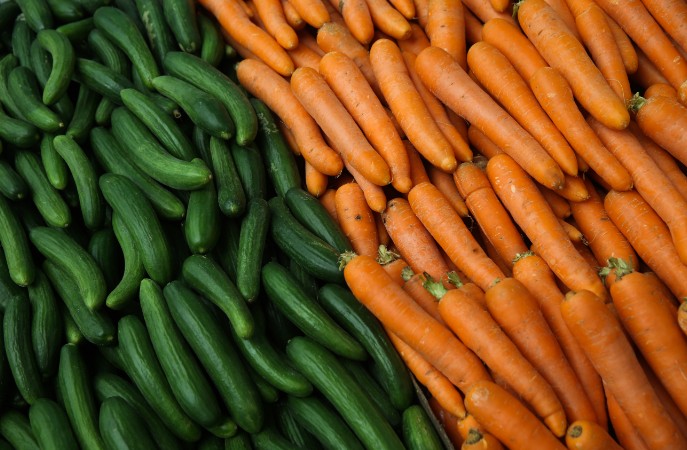
3. Tomato – Cooked tomatoes are rich in lycopene, known as an antioxidant that reduces the risk of various cancers. However, in fresh tomatoes, you can consume a much higher amount of Vitamin C, which decreases during cooking.
So how should I be eaten? Cooked. Because you can find Vitamin C in many other vegetables like red peppers, but lycopene is rarer. Here's an important tip: cut and remove the top of the tomato along with the green-white part in the center, as it absorbs solanine, a harmful natural toxin, and contains a higher concentration of pesticides compared to the rest of the tomato.
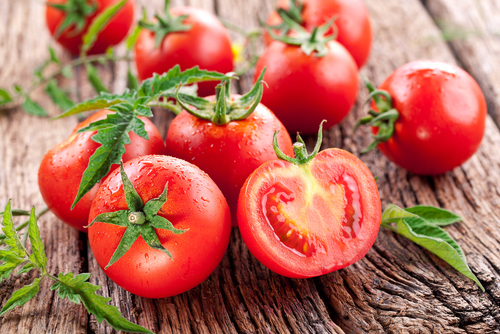
4. Potato – With its skin, it is a potassium powerhouse, containing ten times more than what you can find in pasta or rice. Without the skin, it still contains potassium, but in smaller amounts. Furthermore, it's rich in complex carbohydrates and dietary fibers, and low in fat.
So how should I be eaten? Cooked, preferably with the skin, but only after thoroughly washing it. This preserves the vitamins best. If frying, deep-fry, provided that you first heated it in the microwave for 30 seconds. This reduces the creation of acrylamides, chemical compounds formed during frying, which are linked to cancer development in animals. This compound is not produced in boiled or microwaved potatoes.
Important tip: Don't eat a potato with small green sprouts; it means the potato is full of solanine, a toxin that could endanger health and cause digestive problems, sensitivity loss, nausea, vomiting, diarrhea, dizziness, and extreme cases death. It's also recommended to store them in a cool, dark place to reduce solanine levels.
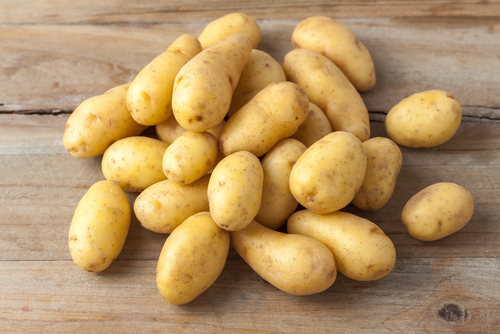
5. Garlic – It contains a high amount of calcium and Vitamin C, and is known for its many medicinal properties, including anti-inflammatory features, with many "folk remedies" made using it.
How should I be eaten? Since cooking affects its nutritional values, it's recommended to add it at the end of the process or eat it raw (which is most recommended) after chopping. Doing so will increase the availability of allicin, an organic compound that guards against colds and many diseases while aiding antibacterial activity.
Important tip: Don't eat garlic with black signs. This usually indicates the presence of the aspergillus fungus, which secretes a toxin that can harm health even after cooking or frying.
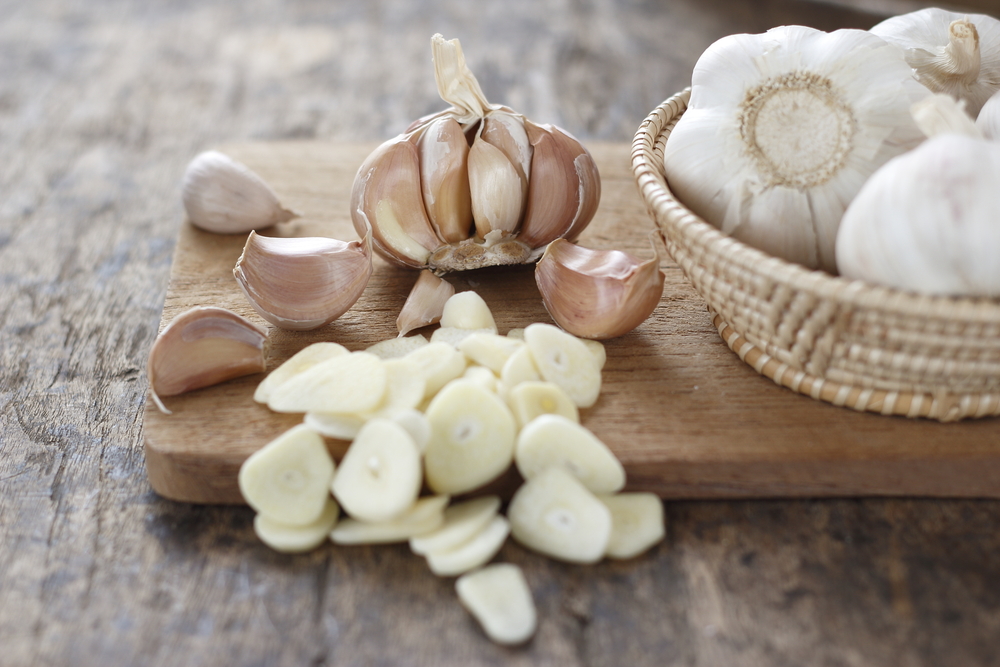
6. Chickpeas – Its grains are rich in a variety of vitamins, including protein, dietary fibers, iron, calcium, zinc, copper, and manganese. Furthermore, they are rich in folic acid, essential for DNA and amino acid formation, making its consumption vital before and during pregnancy. Additionally, its fat content is especially low, and it induces a sense of fullness for a long time due to its dietary fibers and protein.
How should I be eaten? Cooked, but not for long, as prolonged cooking will reduce its many excellent nutrients. It's recommended to sprout or soak them first, significantly reducing cooking time, aiding digestion, reducing bloating, and preserving most vitamins.
7. Pepper - The green one is rich in folic acid, while the red one is rich in Vitamin C , even more so than an orange.
How should I be eaten? Fresh. Due to both Vitamin C and folic acid being destroyed during cooking. However, if you already consume them from other sources, you could cook the pepper to enjoy lycopene, which becomes more available during cooking.
8. Peas – Very rich in protein and dietary fibers and low in fat (a third of a gram per cup). Contains antioxidants and vitamins like iron, Vitamin K, and Vitamin B.
So how should I be eaten? Garden peas – recommended to eat fresh or after a short boil to keep its nutritional components. Fresh or frozen peas – contain higher levels of Vitamin C and antioxidants compared to dried peas, and are also easier to digest. Dried peas are considered legumes, and thus have more calories but also more protein, calcium, potassium, folic acid, and B vitamins than green peas with pods, considered a vegetable. However, they require longer cooking times, decreasing their nutritional values. Therefore, it's recommended to soak them first to shorten cooking time and reduce nutrient loss.
9. Mushrooms – One of the best and richest potassium sources, aiding in reducing blood pressure. They are also rich in B vitamins, and more importantly, in selenium, a strong antioxidant. Along with Vitamin E , it prevents damage caused by free radicals in body cells.
So how should I be eaten? Mushrooms are very sensitive to bacteria, viruses, and parasitic fungi growth. Despite beneficial growing conditions and sterile environments, it's advised to cut the mushroom stem and wipe it with a cloth or paper towel. Also, avoid peeling them, which causes vitamin loss, and avoid washing them to prevent blackening and rotting.
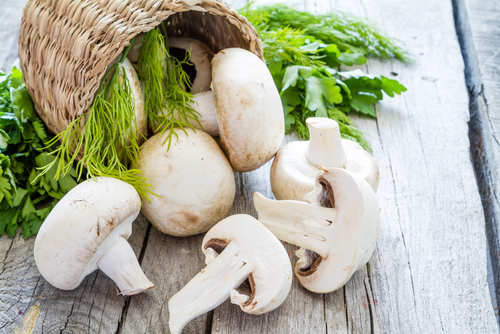
10. Lettuce – One of the significant sources of Vitamin A and Vitamin K, as well as lutein, an antioxidant contributing to eye health and reducing heart disease and cancer risk. Its consumption also contributes to the digestive system, reducing blood pressure and lowering blood fats and cholesterol.
How should I be eaten? Contrary to the belief that it shouldn't be cut with a knife, there's no problem cutting it with a sharp knife after it has been washed, dried, and stored in an air-free sealed bag. This way, you maintain its nutritional values.
Important tip: Don't store it in the fridge alongside apples, which release ethylene, causing brown spots on the white lettuce veins.
11. Green and Yellow Beans – Green beans are a good source of dietary fiber, folic acid, potassium, carotenoids (some of which convert to Vitamin A in the body), magnesium, copper, protein, calcium, phosphorus, Omega-3 fats, and Vitamins C, K, and B. Yellow beans contain the same values as green beans but are also richer in double the amount of calcium.
So how should I be eaten? When frozen, they contain more Vitamin C and antioxidants compared to fresh vegetables. Therefore, it's recommended to cook them for the shortest time possible, or even just blanch in hot water, then rinse with cold water to stop the cooking process. This maintains the Vitamin C and folic acid content.
12. Sweet Potato – One of the richest vegetables in nutrients, carbohydrates, and contains about 20 vitamins and minerals. Additionally, among all vegetables and fruits, it is the richest in the orange pigment beta-carotene (from the carotenoid family), helping to reduce the risk of cancers in the mouth, throat, lungs, and throat. You might be surprised to discover that despite its sweetness, it is preferable for diabetics over regular potatoes due to its lower glycemic index, helping to balance blood sugar levels.
So how should I be eaten? Preferably baked rather than boiled, and better with the skin, maintaining more Vitamin A and beta-carotene content.

